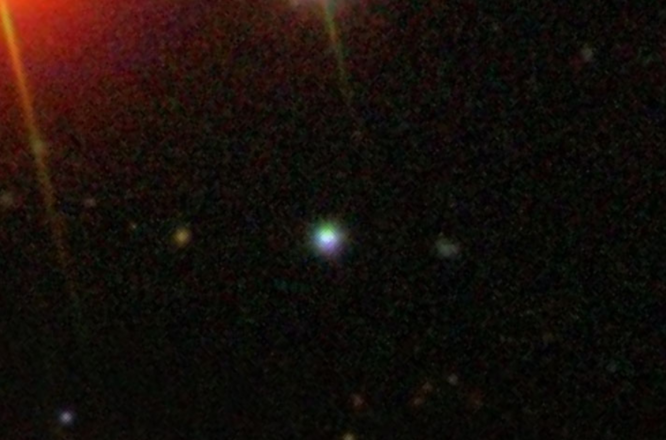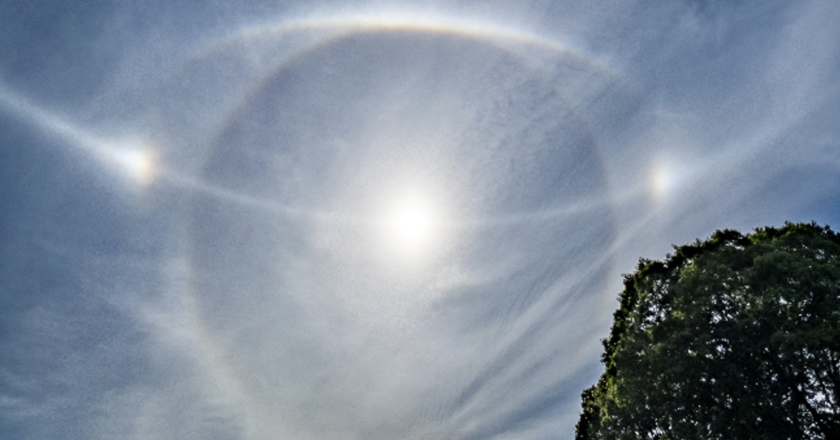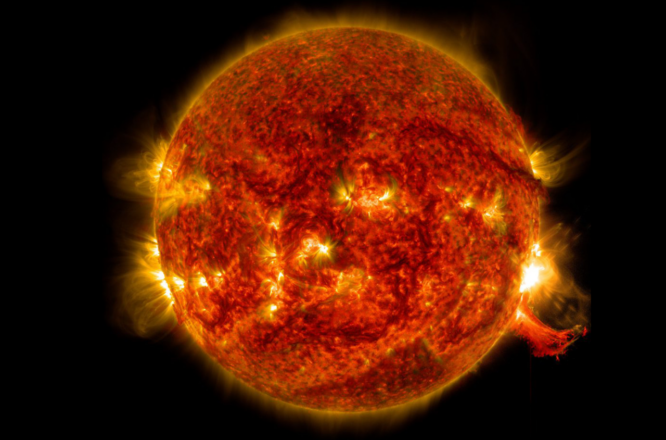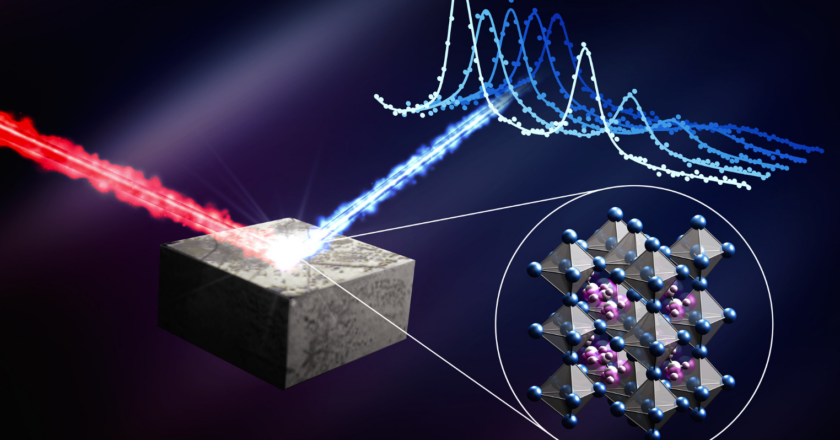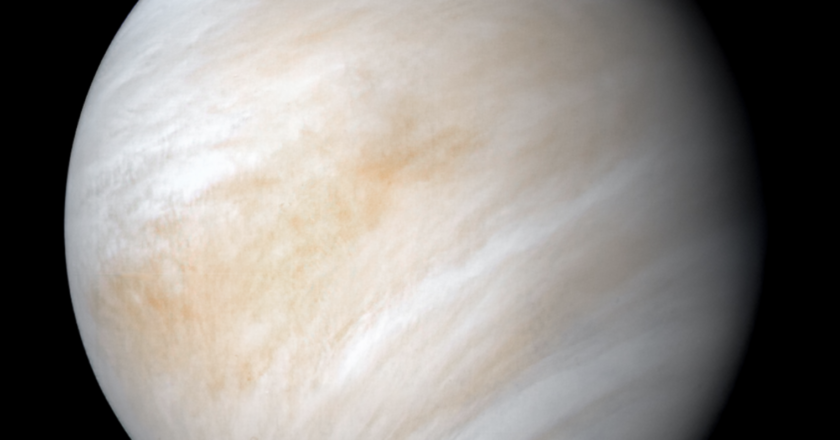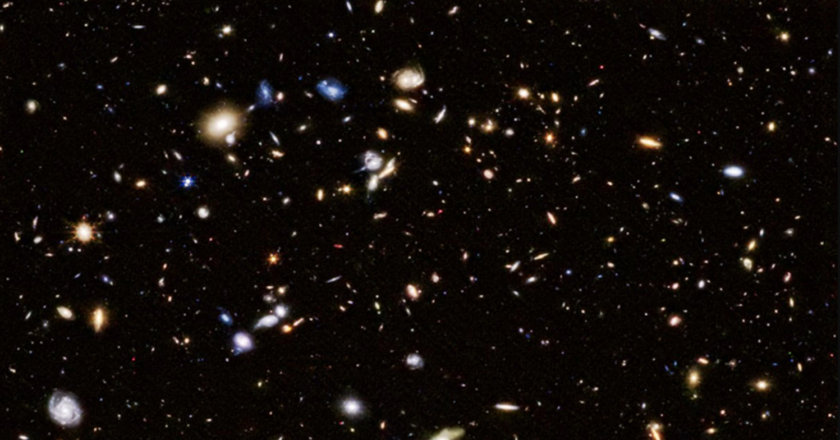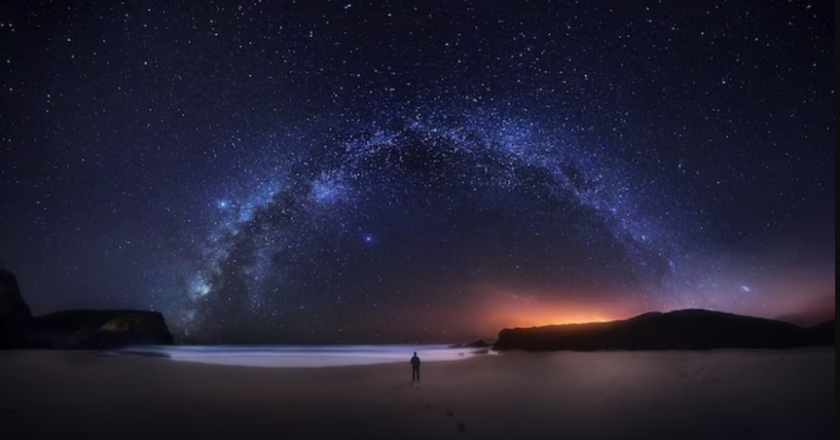Chemists Track Disappeared Massive Stars 2023
On the fringes of the Milky Way Galaxy, astronomers have discovered a star with a chemical composition unlike anything they have ever seen. It corresponds to the chemical traces left behind by very massive, very early stars, as predicted by theory.
This is the most convincing evidence to date that the first stars were colossal stars. Models indicate that such stars would not have left any other traces, so this is the best evidence that can be hoped for.
It is believed that the first generation of stars in the universe included stars hundreds of times more massive than the Sun. A star of this size would have exploded after a brief existence, leaving no remnants for astronomers to investigate.
Scientists Use Chemical Signatures to Pinpoint Massive Stars That Have Disappeared
Th...

